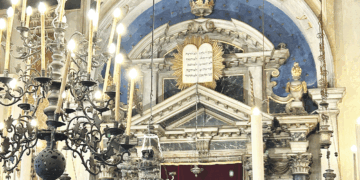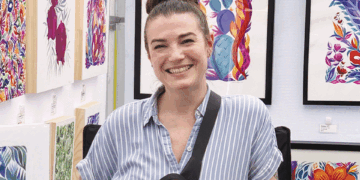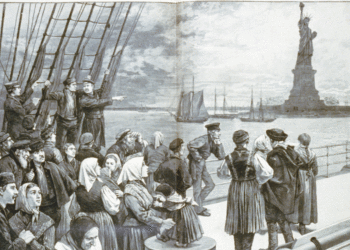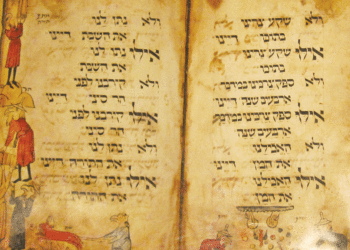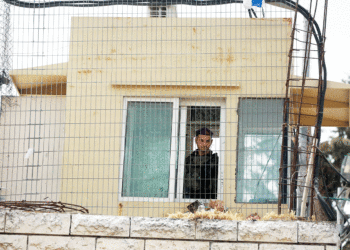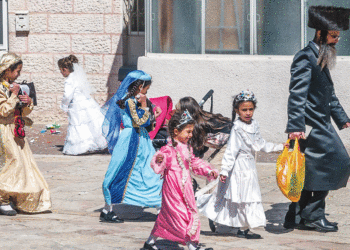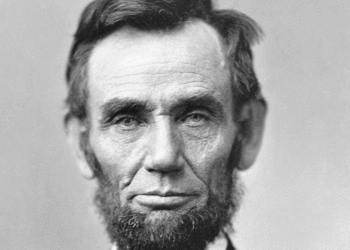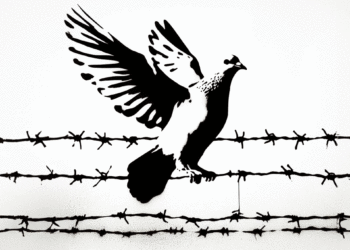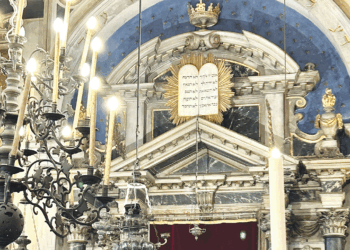Traveling to Cuba with resources that can be used for Jewish education is a ‘profound mitzva’
By MICHAEL A. APPLEMAN
Recently, on Oct. 26, I was walking in the halls of Havana’s Bet Shalom Synagogue and I observed two pictures of the Castros: one of Fidel Castro and one of Raul Castro, each with Adelle Dworin, head of the Jewish Community of Cuba. These photos portray Fidel and Raul as supporting Jewish prayer and education.
Is this propaganda par excellence? No.
In the last 10 years, I have personally observed the Cuban Jewish principal, teachers and students. Today, in 2014, they are doing an exemplary job of revitalizing Jewish education, which was nearly wiped out. And we can thank the American Jewish Joint Distribution Committee, or “the Joint.”
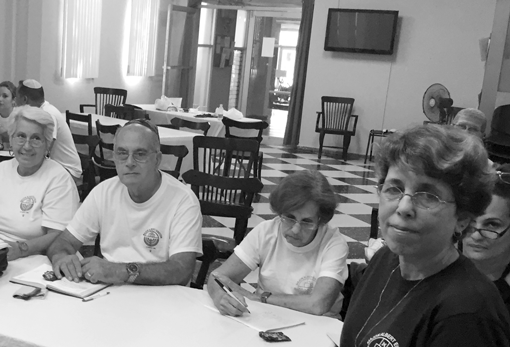
In 1959, during the Cuban revolution, a Jew in Camaguey, Cuba, dug a hole in the city’s only Jewish cemetery, lowered his community’s prayer books into it and covered the crypt with concrete. The Communists had closed down Camaguey’s two synagogues and nationalized most of the small businesses run by Jews, prompting most of the 800 Sephardic and Ashkenazi Jews living in the sleepy interior city to flee the country. Thousands of other Cuban Jews, from Havana and Santiago de Cuba, followed suit. They escaped to the United States, and Central and South America.
Castro did not kill the Jews. He attempted to kill Judaism.
Cuba’s hardline stance against Judaism, Christianity and other religions later eased. After the 1991 collapse of the Soviet Union, Cuba’s benefactor, and a visit by the pope, Castro took the practical steps of permitting greater personal freedoms, including the practice of organized religion.
Thus, in 1992, the government even decreed that one could be a good Communist and still be devoutly religious.
At that time, representatives from the Joint received permission to enter Cuba. They quickly spent $300,000 renovating Bet Shalom Synagogue, and recruited Argentinean Jewish teachers and clergy. (The trade embargo precluded the direct hiring of American personnel.)
Over the last 10 years, I have personally witnessed and observed this surreal religious resurgence. Jews in Cuba have reclaimed their synagogues and Jewish schools, there are Jewish camps, and there is a kosher butcher shop.
However, each of my humanitarian missions has been precarious, with inherent risks. This totalitarian regime is, at best, threatening; at worst, it is tyrannical: In 2009, Cuba sentenced American Jew Alan Gross for 15 years for supplying telecommunications equipment to the Jewish community.
A few years ago, I brought more than 50 pounds of medicine from Minneapolis doctors. Cuban customs, known as Aduana, x-rays all baggage and the medicines were confiscated. Aduana threatened to jail me or send me back to the U.S.
This last mission, in October, also posed a precarious risk. It involved transporting two laptops as well as clothing, and customs intimidated me again, threatening to take away the laptops. I took a firm, although risky, stance by shouting, in my limited Spanish, “Computador mas barato (the laptops are cheap)!” Aduana caved in and let me pass.
The Jewish school now has many laptops, as well desktop machines, which have been personally transported, one by one.
When I finally arrived at Bet Shalom, on Oct. 26, with the computer, Ella Ashkenazi, Bet Shalom’s school principal, greeted me with open arms, “Hola, Miguel.” She introduced me to each and every classroom teacher, allowing photographs of adults and children learning Hebrew, Jewish customs and dance.
I gave each teacher a little gelt and Americano chocolata — and the teachers acted as if they had won the lottery. These teachers are volunteers. The average per capita income for all Cubans is $25 a month.
B’vakasha, do me a favor. If you travel to Cuba on a cultural or humanitarian mission license, bring a laptop that you do not need and ask for Ella Ashkenazi at Bet Shalom Synagogue. Tell Ella that Miguel sent you, and that this computer is for the adult and Jewish children of Cuba.
How wonderful to perform a profound mitzva in the revitalization of a Jewish community that was nearly wiped out by the Castros.
***
Michael A. Appleman, Ph.D., led a Beth El Synagogue Cuban humanitarian mission as well as sponsoring an art exhibit. In 2012, he founded Cubano Gallery (cubanogallery.com) to support Cuban artists and humanitarian work. He can be reached at: appleman.michael [at] gmail [dot] com.
(American Jewish World, 11.7.14)

